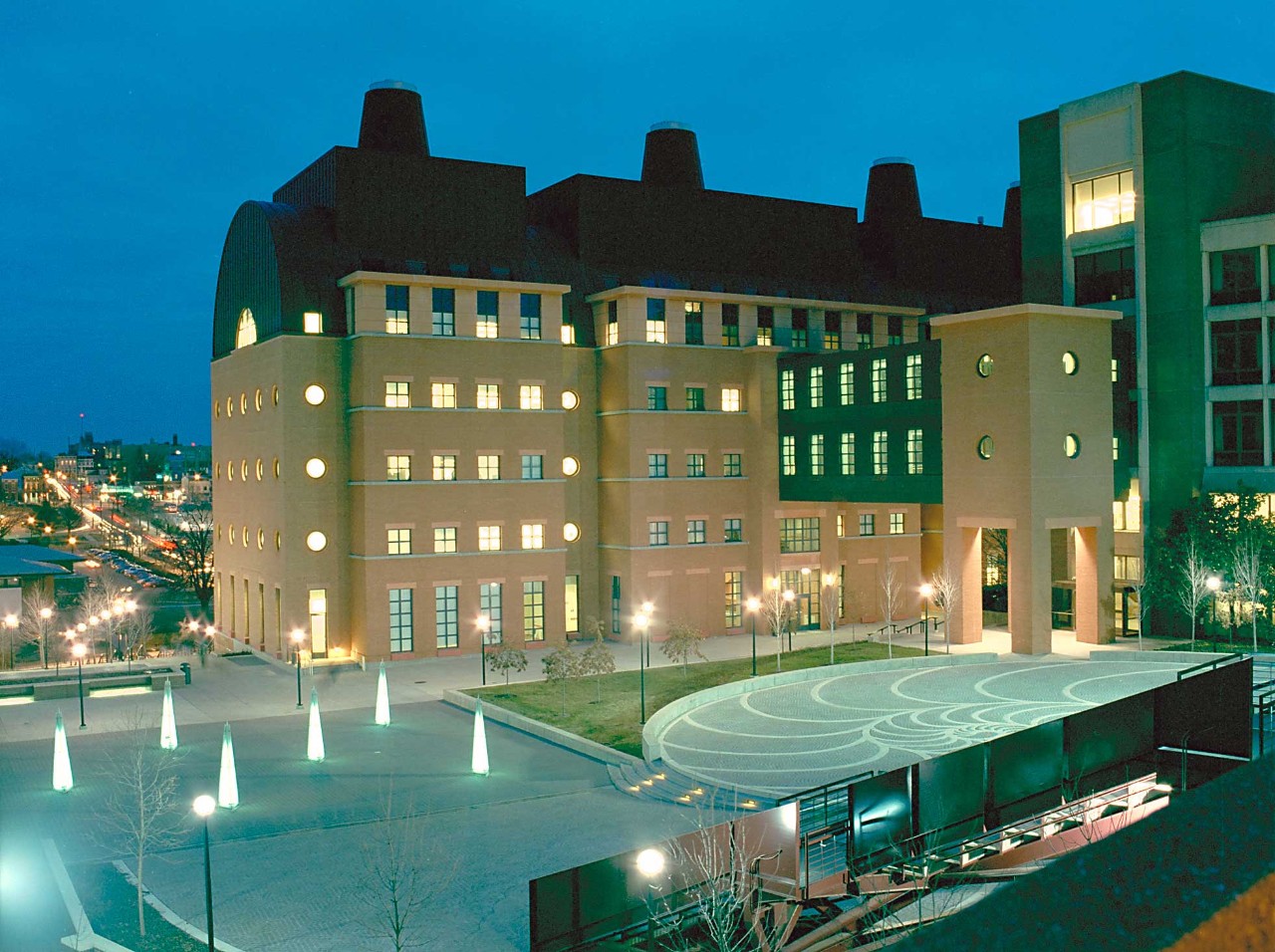
UC student explores why drugs don’t work for some epileptics
Research uses MRI to study the brain
The first time Shatgul Ogen touched a human brain, she was hooked. The third-year University of Cincinnati biomedical engineering Ph.D. student is using her fascination with the brain to try to understand why some people suffering from epileptic seizures are not helped by anti-seizure medication.
When she was an undergraduate biology student at the University of Oregon, Ogen was enthralled learning about the human brain in neuroscience courses. She emailed all the professors in the neuroscience department to express her interest in pursuing research opportunities and landed in a lab studying the auditory cognition of mice. That undergraduate experience in the lab set her on a path to follow her newfound interests, specifically in neuroscience research, imaging, computer science – and a passion to help people.
When seeking a graduate program that would match her curiosity, Ogen found the right fit at UC’s Department of Biomedical Engineering doing research with Jing-Huei Lee, Ph.D., professor and graduate program director for the department. At Lee’s lab, Ogen is participating in research using resting-state functional magnetic resonance imaging (rs-fMRI) to compare the brains of drug-resistant epilepsy patients with healthy brains. Understanding the differences could aid further research into the subject, which could ultimately uncover new ways to help these patients manage their seizures.
Of the 60 million people worldwide with epilepsy, approximately one-third do not respond to any anti-seizure medications, Ogen said. For these patients, brain surgery, if they qualify, is one of their only options.
“People who study epilepsy, oftentimes drug-resistant epilepsy patients are not the main focus because of a lack of funding, because it is hard to study and because it is expensive. A single MRI, for example, costs around $700,” Ogen said. “As researchers, we should not give up on these specific patient groups.”
Lee’s UC team is collaborating with neurologists and MRI experts at the University of Pittsburgh’s Magnetic Resonance Research Center, where the MRIs are conducted. Ogen maps and analyzes normal and epileptic neural circuits from the resting-state functional MRIs. Specifically, she is using the computational measure of the brain called regional homogeneity, the results of which Ogen presented at the 2019 Biomedical Engineering Society Conference in October. The team is also using other measures to study the brain, such as functional connectivity density mapping and amplitude of low frequency fluctuation.
“We have targeted the specific brain regions where there’s significant difference between the healthy controls and the drug-resistant epilepsy groups,” Ogen said. “Now it can serve as a blueprint for other researchers who also have the same interest.”
Coming from a non-engineering undergraduate program, Ogen found there was a learning curve when it came to some aspects of the multidisciplinary requirements of biomedical engineering. Her research requires advanced programming knowledge, an area of personal interest, but limited experience. She succeeded in her graduate level computer science classes with the help of supportive UC professors and her own drive to achieve mastery, which often meant late nights in front of the computer, she said.
In addition to her research, Ogen is a teaching assistant for advanced biostatistics, electric circuits and dynamic systems controls courses, an experience that uncovered her enjoyment of teaching.
Ogen is a member of the Uyghur people, a large Turkic community in Central Asia. She came to the U.S. for her undergraduate degree through a scholarship program with the International Cultural Service Program, which requires students to share their culture with people in nursing homes, elementary schools and universities in Oregon. She said she enjoyed the chance to share details about her welcoming Uyghur culture with the local community.
She was exposed to science at a young age, which likely fueled her interest. As a child, her father would often say “when you get a Ph.D. in the future” and Ogen would just laugh it off, but now she sees the value in that encouragement and hopes to provide the same for her own young daughter, whom she calls her driving force. She is already seeking out local programs, such as those at the Cincinnati Museum Center, that introduce science in a fun and age-appropriate manner for kids.
Featured photo at top: Engineering Research Center. Credit: UC Creative Services.
Related Stories
UC launches Bearcat Affordability Grant
January 7, 2026
The University of Cincinnati is making college more attainable for students across Ohio with the creation of the Bearcat Affordability Grant. The new grant will provide a pathway to tuition-free college for students of families who make less than $75,000 per year. Beginning in fall 2026, the Bearcat Affordability Grant will cover the remaining cost of tuition for Ohio residents who are Pell eligible.
How aerospace is turning to trustworthy AI
January 6, 2026
UC College of Engineering and Applied Science graduate Lynn Pickering talks to the Ohio Federal Research Network about her research into artificial intelligence and the future of AI in aerospace engineering.
Engineering professors studying how co-op impacts student journey
January 5, 2026
Cedrick Kwuimy, associate professor educator in the Department of Engineering and Computing Education at the University of Cincinnati College of Engineering and Applied Science is studying how a student’s first co-op experience impacts the remainder of their journey as an engineering student, and how educators can better prepare them for these experiences. Kwuimy and his collaborators have received a three-year grant from the National Science Foundation (NSF) to support this research.
